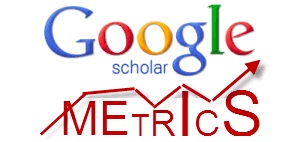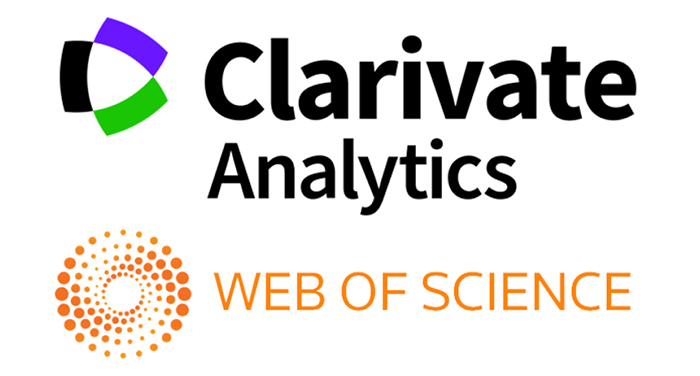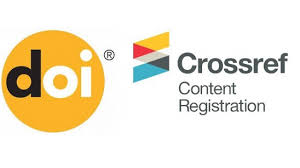THEORETICAL ASPECTS OF INTEGRATION TECHNOLOGY IN LANGUAGE TEACHING
Abstract
This article explores the theoretical foundations of using integrative technology in language teaching, emphasizing the importance of philological analysis. The author examines how combining psycholinguistic, sociolinguistic, and philological approaches enhances educational effectiveness. Special attention is paid to the interplay between modern technologies, interactive platforms, and traditional instructional methods, which collectively foster comprehensive language competencies in learners. The study findings indicate that incorporating philological analysis into each lesson significantly contributes to a deeper linguistic understanding and the development of learners’ cultural skills.
References
Krashen S. D. Principles and Practice in Second Language Acquisition. — Oxford: Pergamon Press, 1982. — 202 p.
Richards J. C. Communicative Language Teaching Today. — New York: Cambridge University Press, 2006. — 264 p.
Warfield A. Second Language Teacher Education and the Reflective Model // Richards J. C., Nunan D. (Eds.). Second Language Teacher Education. — Cambridge: Cambridge University Press, 1990. — P. 21–28.
Кулиш А. В. Интеграция современных технологий в обучении иностранным языкам / под ред. Е. В. Сидоровой. — СПб.: Изд-во СПбГУ, 2018. — 198 с.
Copyright (c) 2025 News of the NUUz

This work is licensed under a Creative Commons Attribution-NonCommercial-ShareAlike 4.0 International License.

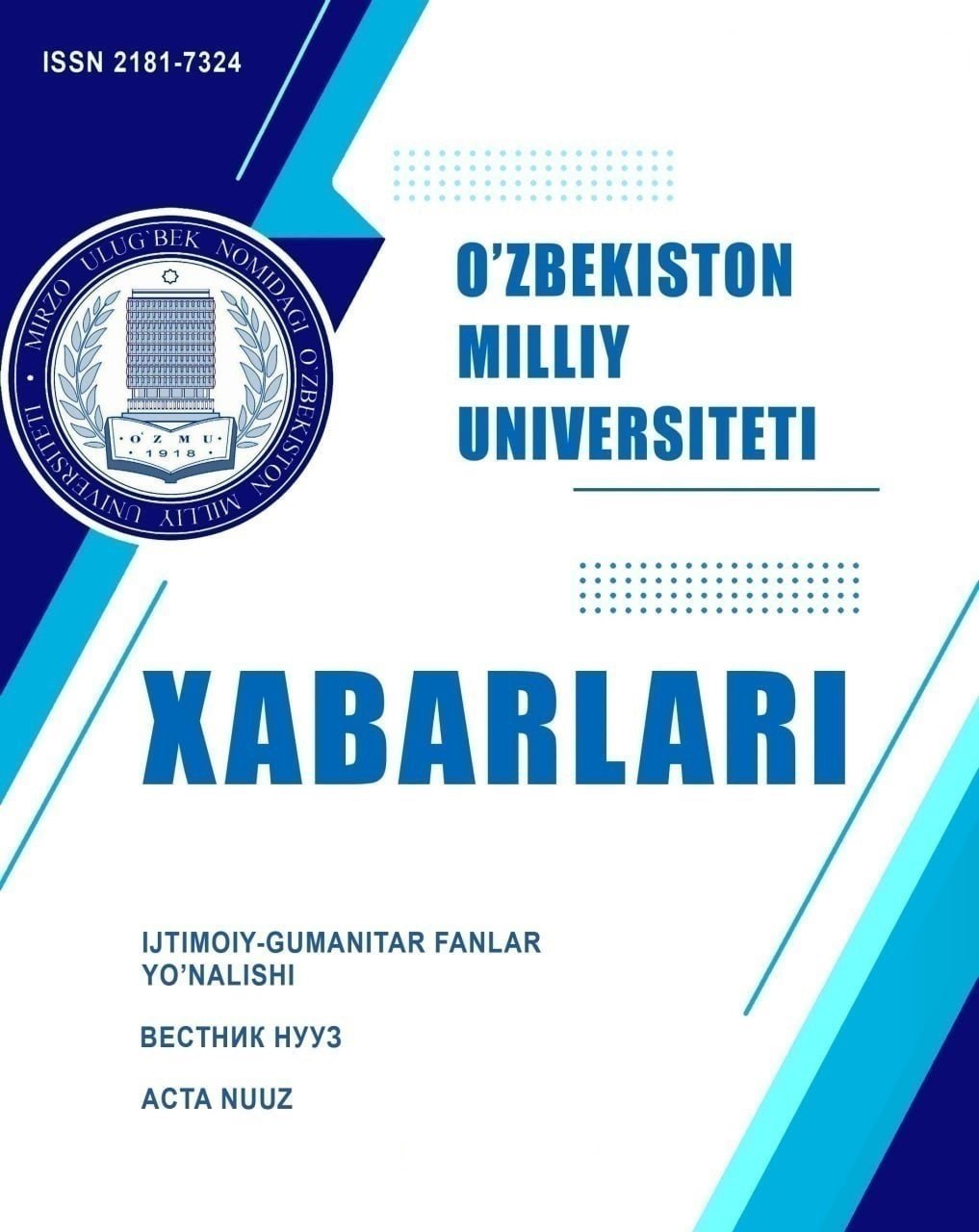
.jpg)
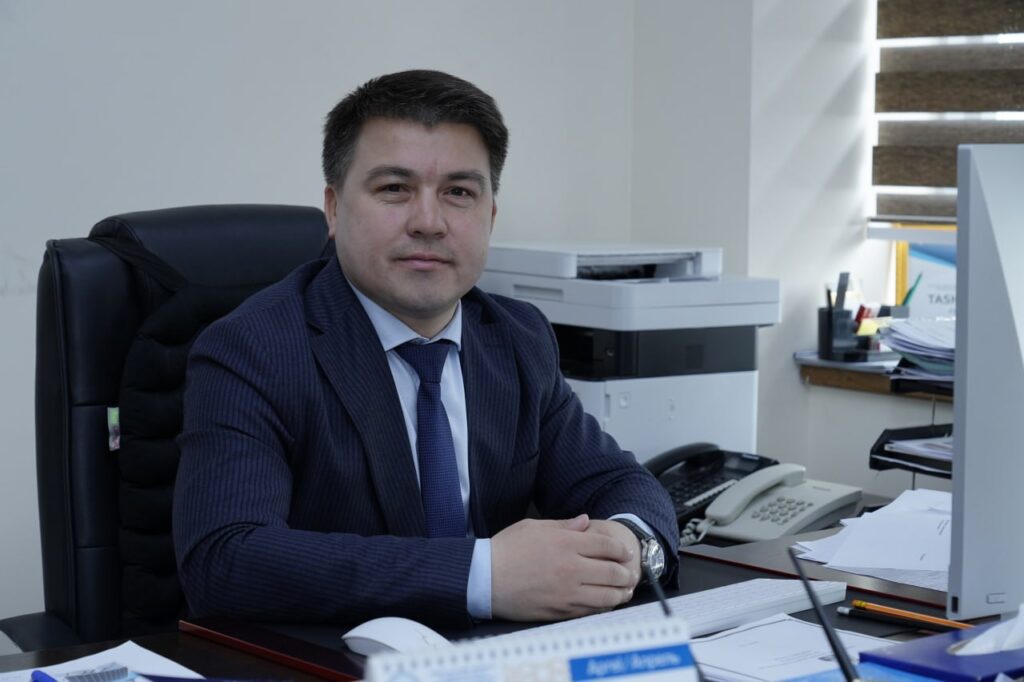
1.png)



